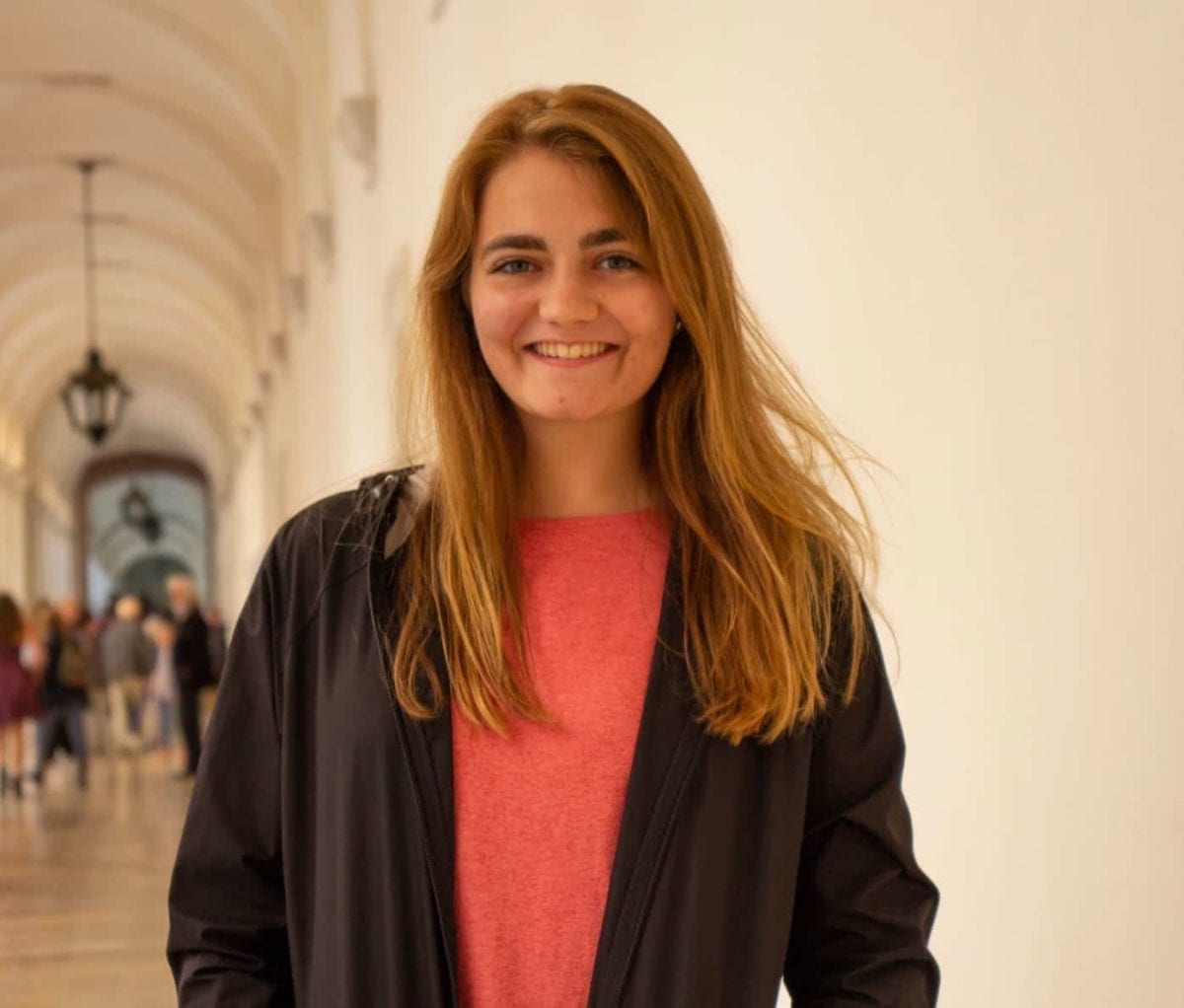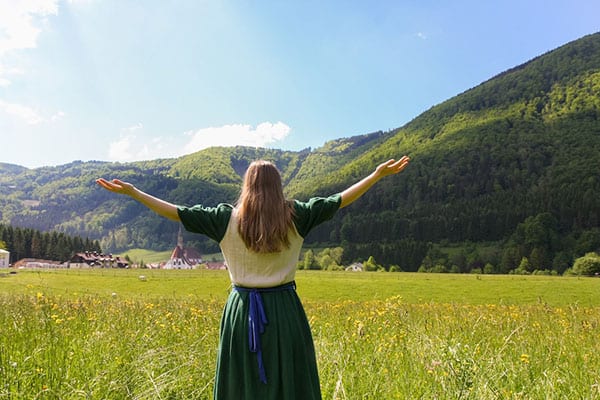One of the most chilling part of my visit to Auschwitz was how peaceful it was.
The day was overcast and slightly chilling, increasing the solemness of the day. I was surprised that the camp was still surrounded by a Polish town, having imagined that the horrible place would have been kept away from everyday life.
During our tour, we walked through the blockhouses, the brick buildings lined up neatly, trees planted here and there, and grass growing around the edges. It looked like a college campus.
Our tour guide spoke English with a heavy accent, but there was no misunderstanding as she explained the different parts of the camp, pointing out the places where prisoners arrived, lived, and died. Walking into the blockhouses, I immediately smelled the strong scent of chemical cleaners, and despite the modern paint and museum displays, I could still imagine the hundreds of prisoners cramped into the small living space.
In the basement of one of the block houses were small locked rooms used for punishment. One of the them was where St. Maximilian Kolbe died. Our group was ushered through quickly, as other tours were behind us, but we each managed to touch the metal bars and say a prayer.
The gas chambers were very cold, the stone keeping in the coolness of the morning, directly in contrast to what it would have been like when the chambers were being used, as the crematorium is right alongside it. The Nazis were very efficient in their killings, murdering nearly 1.1 million people in the Auschwitz concentration complex.
Birkenau, the death camp where St. Edith Stein died, is only a few minutes away. It’s buildings are mostly gone, the gas chambers in rubble and the wooden barracks dismantlement, leaving only the brick chimneys behind. The rows of brick chimneys in the green field look as though it was meant to be a vineyard that never was planted.
We sat on the steps of the memorial that is built there, looking down the train tracks that ran through the center of the camp, and prayed the chapel of Divine Mercy. Other tourists stopped and stared, some taking clandestine pictures of us. It would be strange to see nearly 150 college students praying at this place of death.
I didn’t take any pictures of the camps. I didn’t want to be a tourist, but rather a pilgrim. One can always sympathize with those killed, but it’s much harder to forgive those who did the killing. However, they’re the ones most in need of prayer.
St. Maximilian Kolbe and St. Edith Stein, pray for us.





